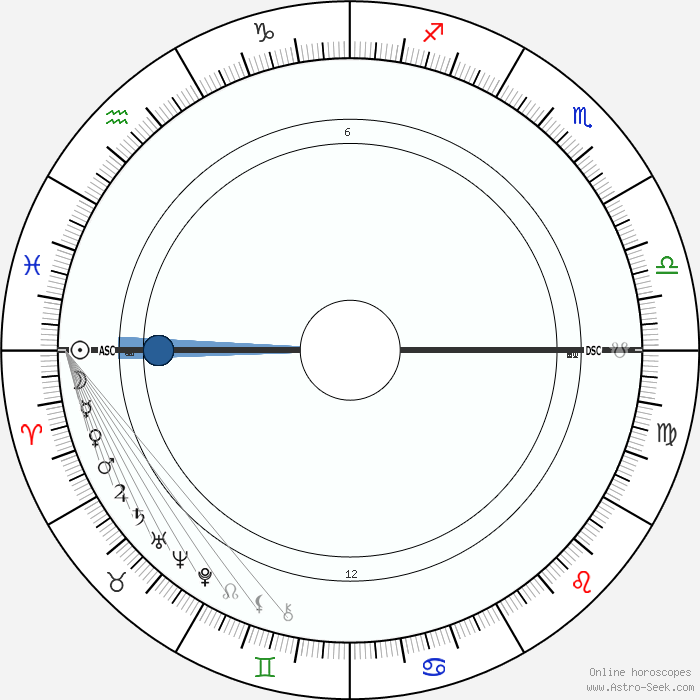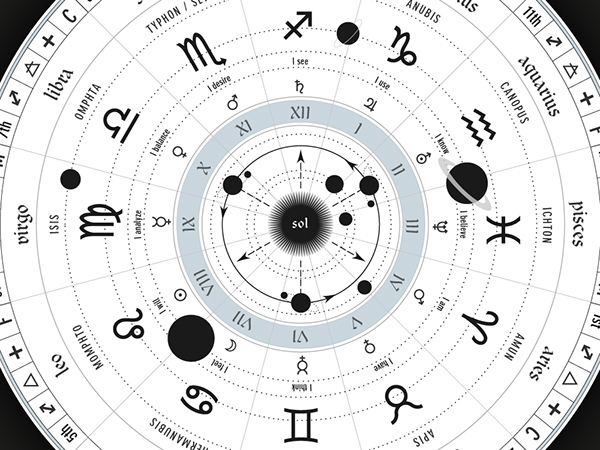



In Sumer, "The Great One", the god of water, knowledge, mischief, crafts, and creation was called Was listed as GU.LA, meaning "The Great One." In Babylonian star catalogues, the constellation later known as Aquarius Stag constellation drawn by the author with Andromeda part in red.Īn unidentified object in the MUL.APIN Tables is called d HARRIRU, the Rainbow. To symbolize the rebirth of the sun after its winter-time death."Ĭlick here, to see a map ob Babylonian constellations, compiled by J.H. The constellation of the Stag rises just after mid-winter and is no doubt stationed in this region of the heavens Of the sun instead of the more familiar horse. is frequently associated with the sun and the rekindling of fire – sometimes it is even portrayed pulling the chariot Gavin White: A brief guide to the Babylonian constellationsĪ number of stars of Andromeda, together with Cassiopeia were also part of theīabylonian constellation called LU-LIM, the Stag or the Messenger of the Stars.Īccording to Gavin White, the stag ". Rogers: Origins of the ancient constellations, The name KA.MUSH.I.KU.E ( The Deleter) in the MUL.APIN Tables is interpreted as the Their spawning grounds, she guided the sun on its ascending path from the darkness of winter towards spring. Swiming upstream during the spring floods of the Tigris river.Īlso called "Lady of the Heavens", Anunitum was a spiritual guide. As a seasonal symbol, the fish of Anunitum represented river carps Inanna-Ishtar was sometimes envisioned holding a sacred fish and a dove. The Mesopotamian goddess of love, beauty, sex, war, justice and political power.

I-IKU, "The Field" was seen as the field worked over by "The Plow." It is an asterism now known as theĪpin, Anunitun and 1-Iku stars of Andromeda highlighted by the authorĪnunitum consisted of the stars of the northern fish of Pisces, together withĭanielle Adams traces the origin of the Great Fish of the Arabian Desert (seeīelow) back to ancient Babylon but points out that it is unknown when thisĪnunitum, the patron goddess of the Sumerian city ofĪkkad was closely affiliated to Inanna-Ishtar, Mul APIN, "The Plow" was formed by γ Andromedae and the stars of Later known as Andromeda belonged to three different asterisms. In ancient Mesopotamia the stars of the constellation


 0 kommentar(er)
0 kommentar(er)
